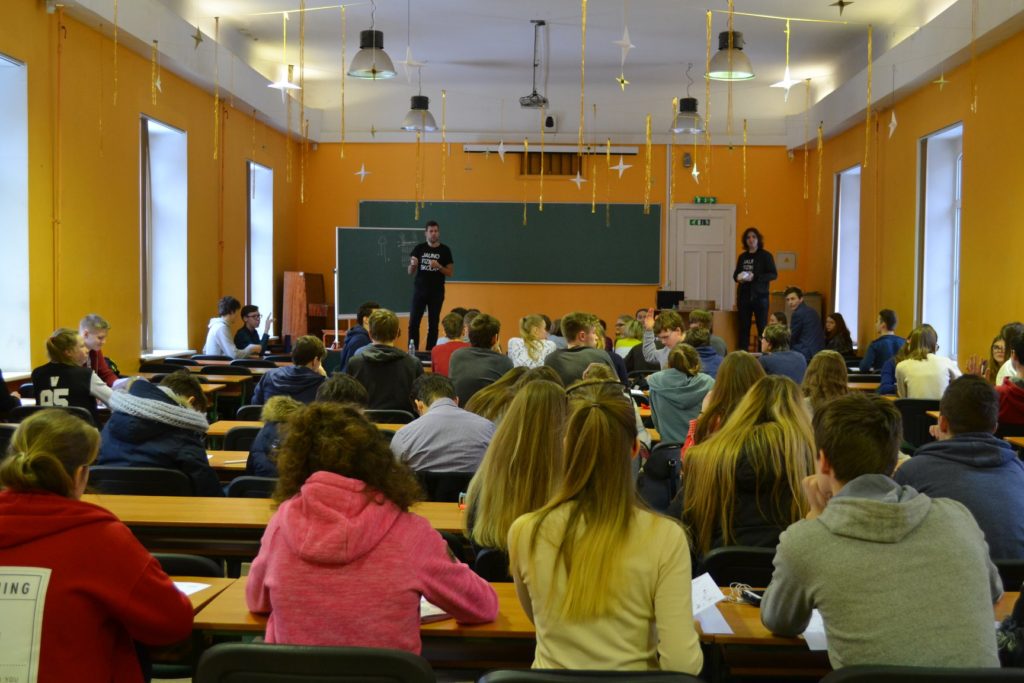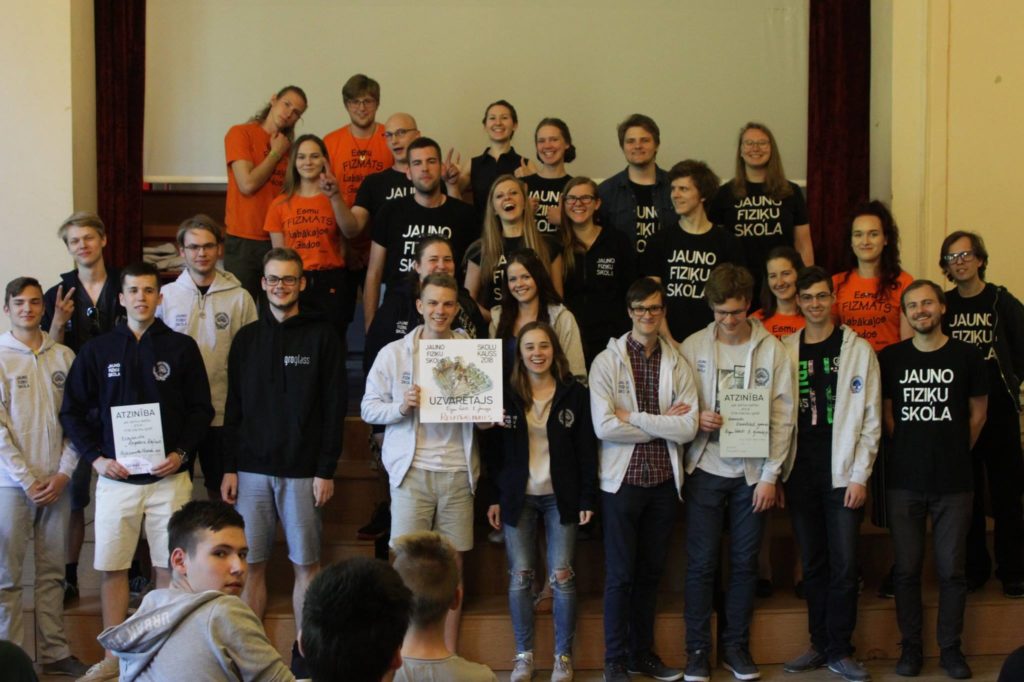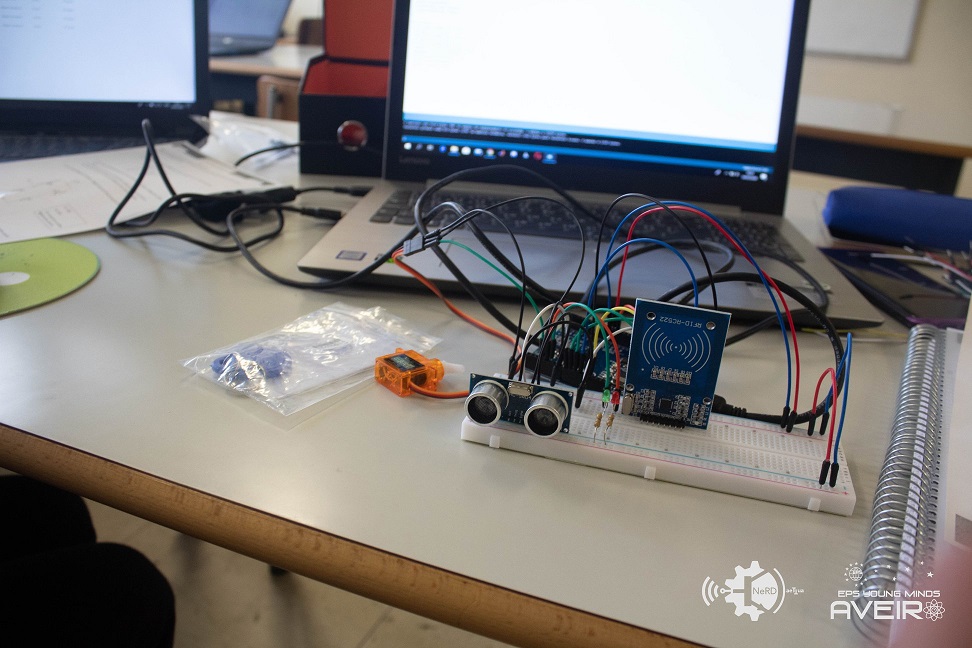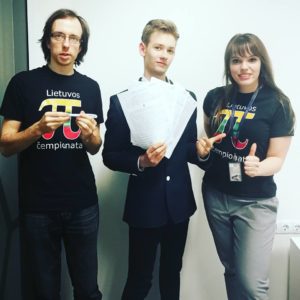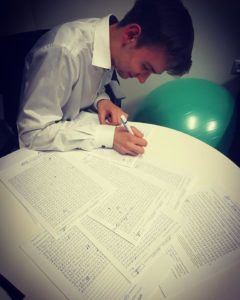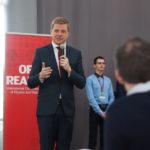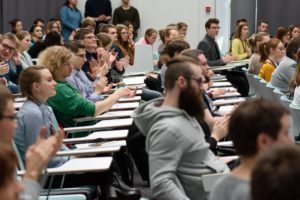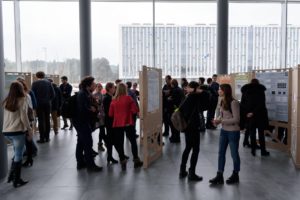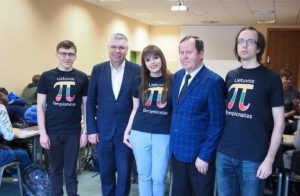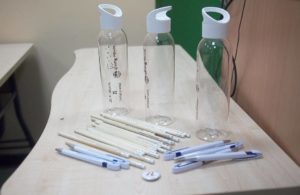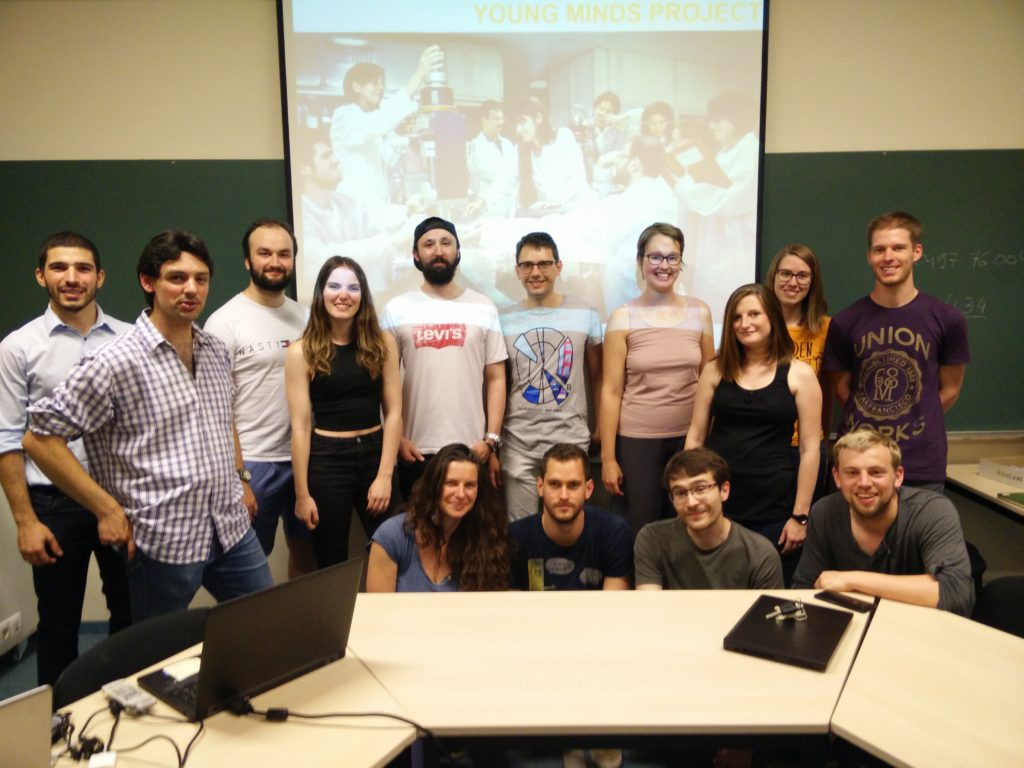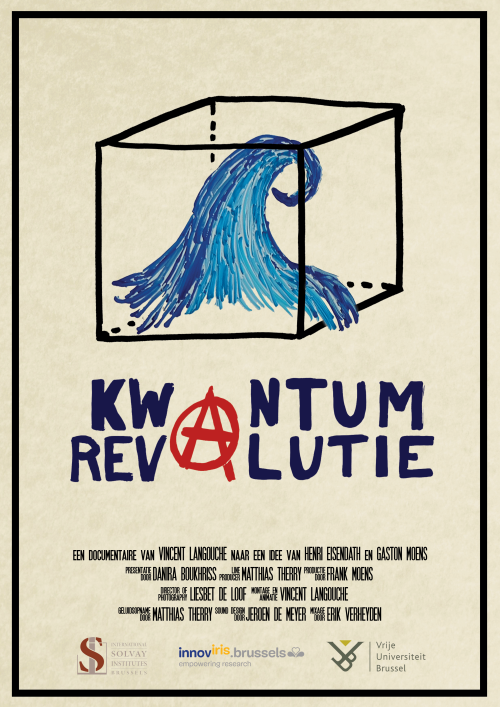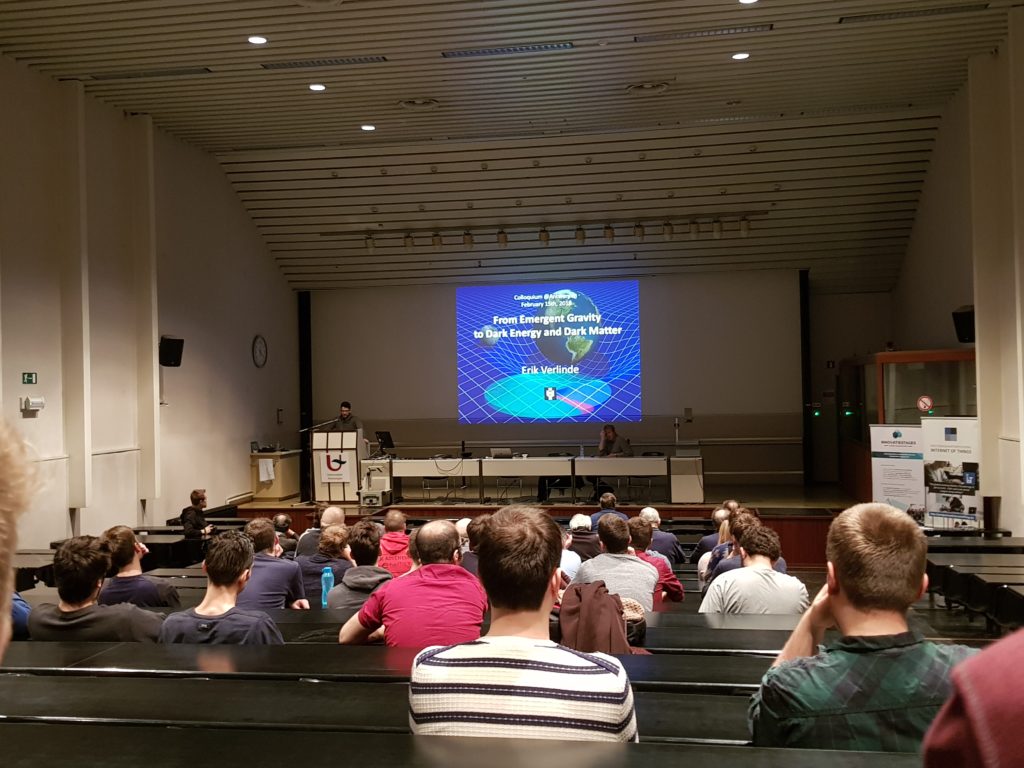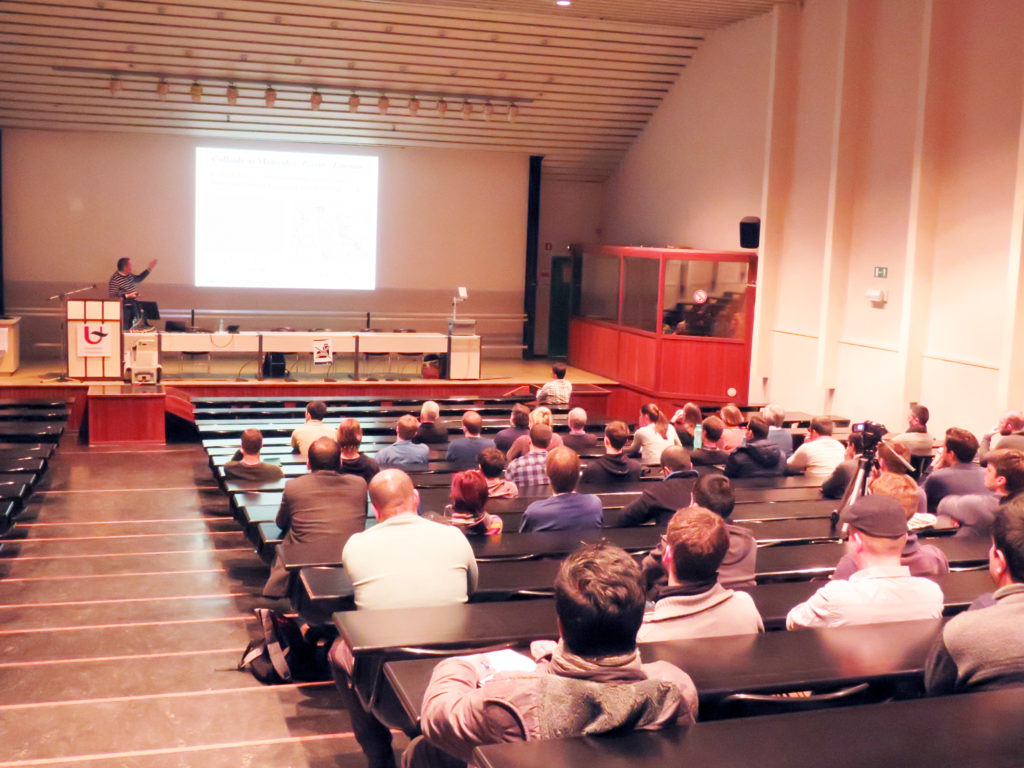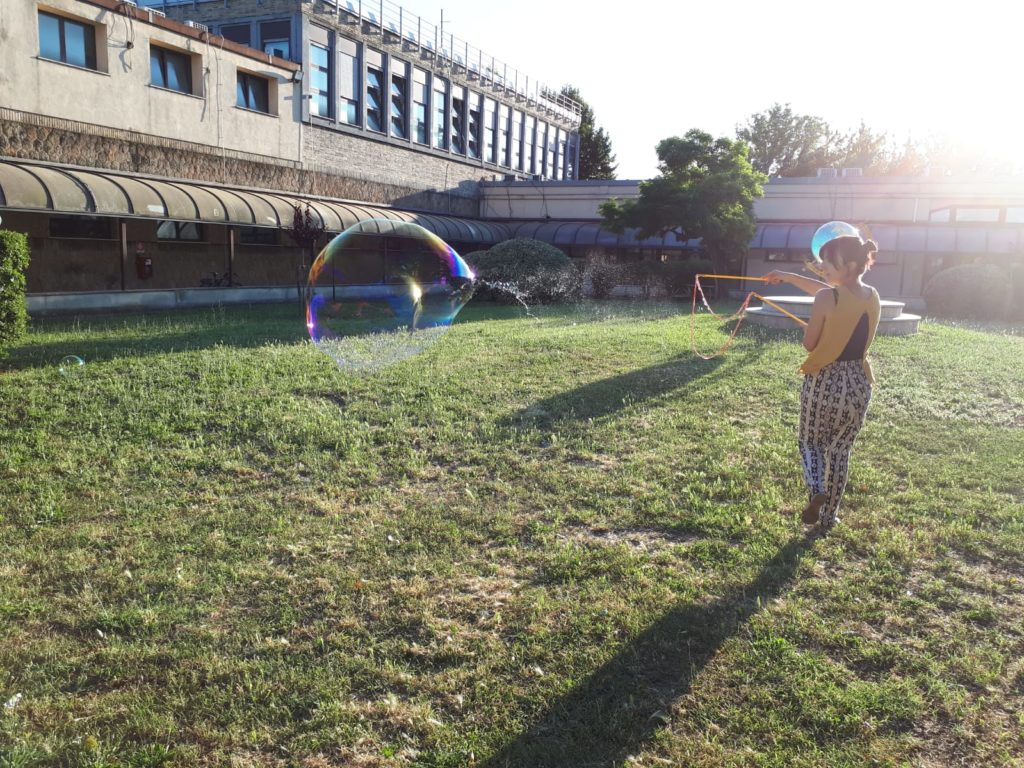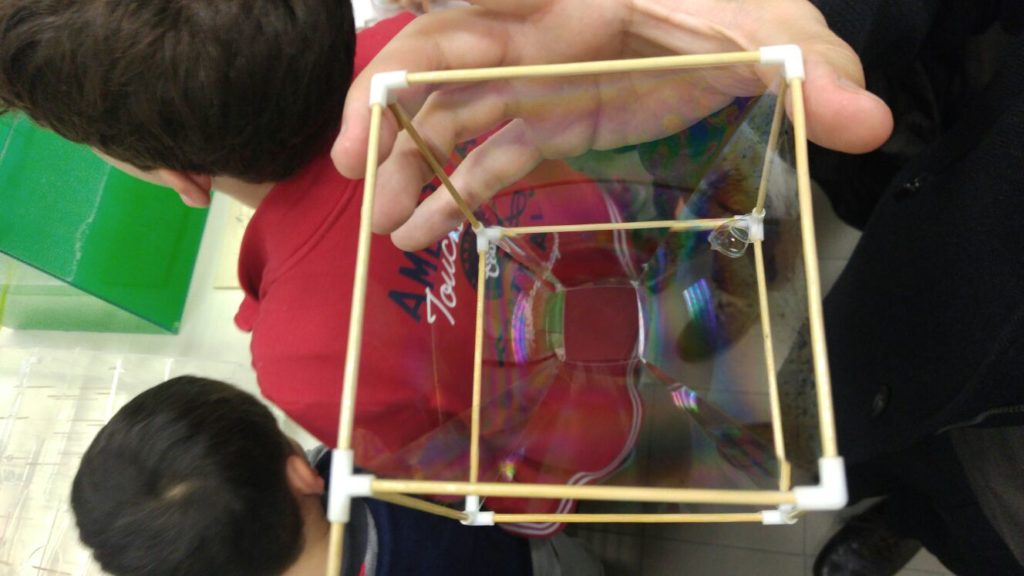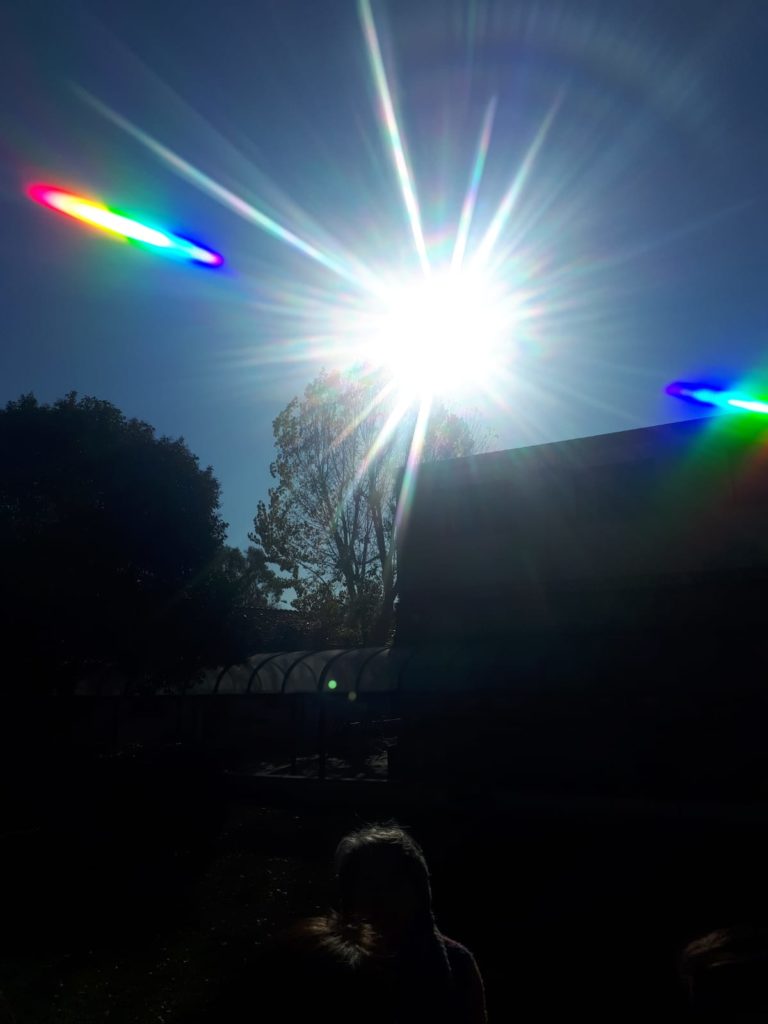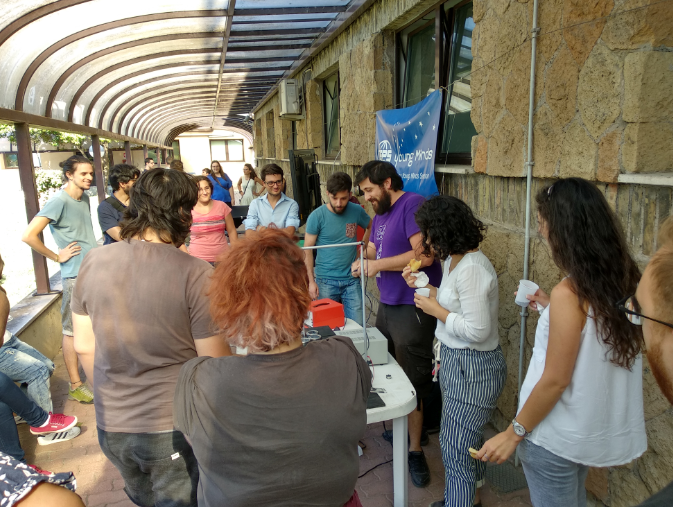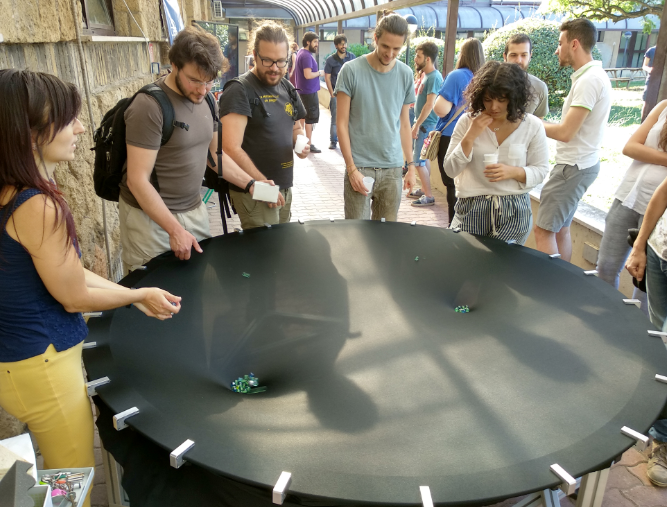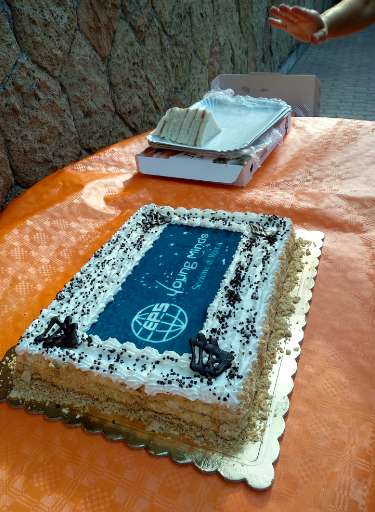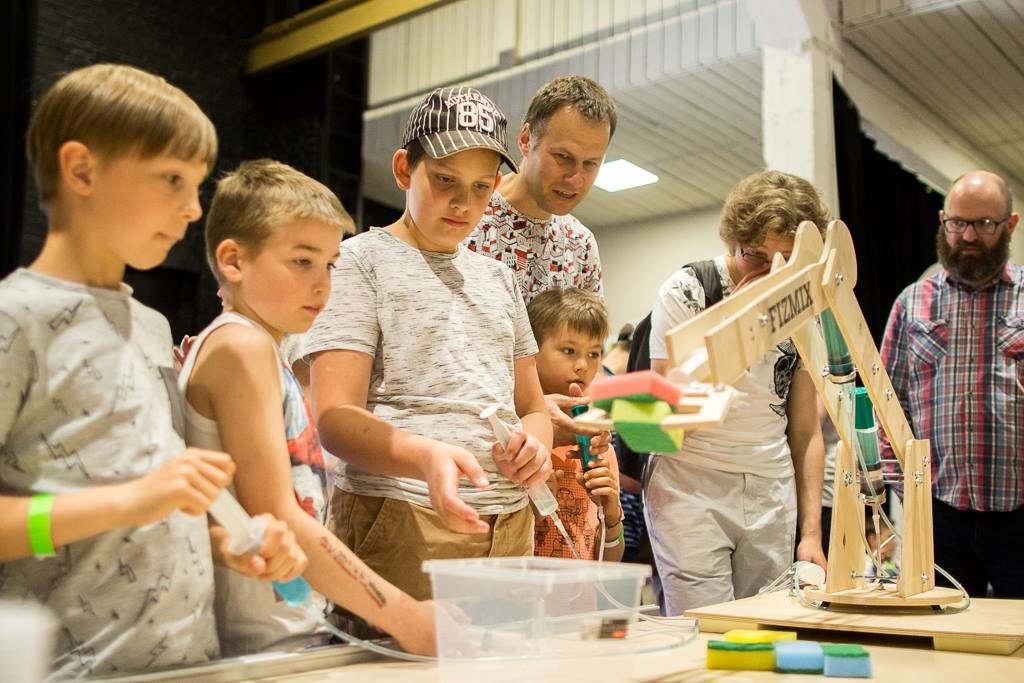
One more year for SYP has finished, and the upward trajectory for student interest has steadily held up. In the beginning of the year, we reported record numbers of attendance, and that continued throughout the entire season.
In addition to crowd-pleasing topics we looked at in the first semester, the second semester featured sessions on constructional physics, electronics, solid state physics, food physics and, finally, chaos theory. Highlights from these sessions include building model houses and testing them against shaking to imitate an earthquake and even advanced lectures in chaos theory and solid state physics that touched on master’s level physics, and yet students enjoyed them immensely.
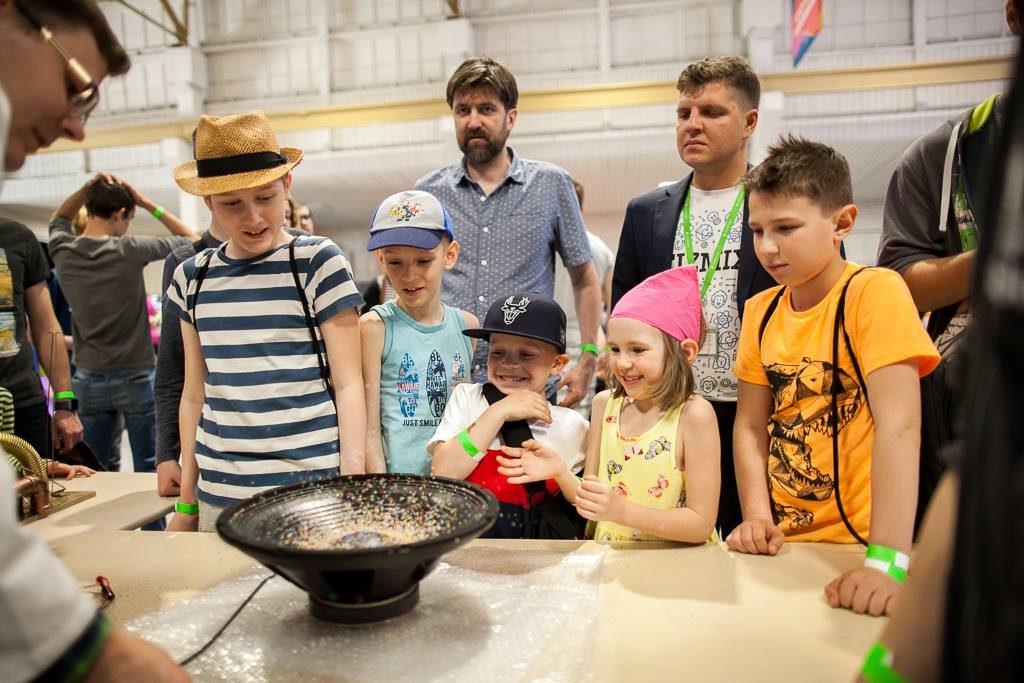
The 3rd School Cup competition also came to a close, and it was essentially a photo-finish. Teams battled for points until the final session, and the winning team beat out their rivals only by one point – to give perspective, the total point count for the winning team was about 300 points. Teams from various schools showed their mettle all year, performing well on tests as well as showing ability in the four creative extra tasks that were given to them. The best teams were also awarded prizes for their hard work.
Additionally to the main sessions, regional sessions in cities were also still held – more than ever. Cities of Valmiera, Ventspils, Rezekne and Liepaja saw numerous sessions take place – and Rezekne even had 7 sessions, which is only two less than in our capital!
All in all, the 8th season of SYP was a resounding success, and we will look to keep building on this success to increase our output and outreach even more, allowing more students to see that physics education can be fun indeed!
This year, our Young Minds section participated in the first ever physics festival in Latvia – an event solely for the popularization of physics and science for the public. Almost all groups that do physics outreach were gathered in the same venue – which means our team was also their. Multiple experiment workshops were set up, and a competition for middle-schoolers also took place. The event was a success, as the amount of visitors from the general public attending went up to a few thousand.
The event was well covered – it garnered enough attention for some TV and radio coverage. Feedback from the public was very positive, and that means this will be no one hit wonder – another festival for physics is in the works for next year, and our section will certainly attend next year as well.
